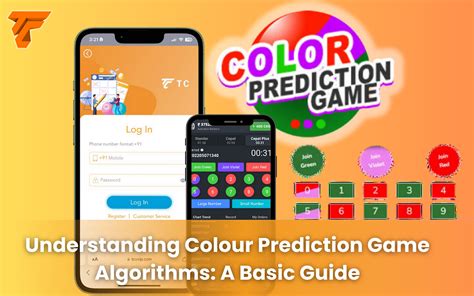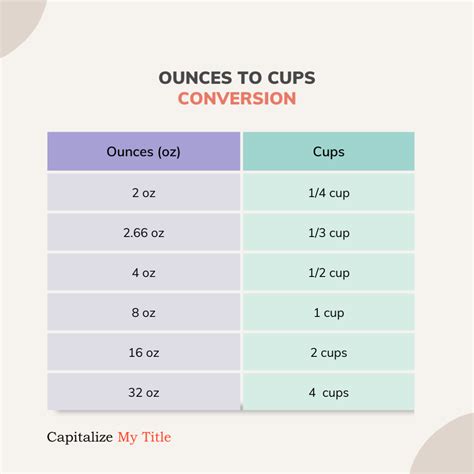Shanons Prediction Game

Shannon's Prediction Game, a concept rooted in information theory, has been a subject of interest in the realm of data compression and prediction. This game, named after Claude Shannon, the father of information theory, involves a predictor trying to guess the next symbol in a sequence. The predictor's goal is to minimize the number of attempts it takes to correctly guess the symbol, thereby maximizing the efficiency of the prediction process.
Introduction to Shannon’s Prediction Game

Shannon’s Prediction Game is fundamentally about understanding the probabilistic nature of sequences. The game assumes that the sequence is generated by a source that emits symbols according to certain probabilities. The predictor uses this probability distribution to make educated guesses about the next symbol in the sequence. The efficiency of the predictor is measured by its ability to guess the symbol in as few attempts as possible, which directly relates to the concept of entropy in information theory.
Entropy and Its Role in Prediction
Entropy, in the context of Shannon’s Prediction Game, quantifies the uncertainty or randomness of the symbol sequence. A high entropy indicates a highly unpredictable sequence, meaning that the predictor will, on average, require more attempts to guess the next symbol correctly. Conversely, a low entropy sequence is more predictable, and the predictor can guess the next symbol with fewer attempts. The relationship between entropy and the number of guesses required to predict a symbol is a cornerstone of Shannon’s work and underpins many data compression algorithms.
| Entropy Level | Predictability | Average Guesses Required |
|---|---|---|
| High | Low | Many |
| Low | High | Few |

Strategies for Playing Shannon’s Prediction Game

Several strategies can be employed in Shannon’s Prediction Game to minimize the number of guesses. One of the most straightforward approaches is the maximum likelihood estimation, where the predictor chooses the symbol with the highest probability at each step. Another approach involves using Bayesian inference to update the probability estimates of the symbols based on the outcomes of previous guesses. This method allows the predictor to adapt to the sequence and improve its guessing efficiency over time.
Bayesian Inference in Prediction
Bayesian inference offers a powerful framework for prediction in Shannon’s Game. By starting with a prior probability distribution over the possible symbols and updating this distribution based on the outcomes of the guesses, the predictor can refine its predictions. This approach is particularly effective in sequences where the probability distribution changes over time, as it allows the predictor to learn and adapt its strategy dynamically.
Key Points
- Shannon's Prediction Game is based on the principles of information theory, particularly entropy.
- The game's efficiency is measured by the number of attempts required to guess a symbol correctly.
- Entropy plays a crucial role in determining the predictability of a sequence.
- Strategies like maximum likelihood estimation and Bayesian inference can be used to optimize the guessing process.
- Understanding and adapting to the sequence's probability distribution is key to successful prediction.
As the field of information theory continues to evolve, Shannon's Prediction Game remains a foundational concept, offering insights into the nature of prediction and data compression. The game's principles have far-reaching implications, from designing more efficient data compression algorithms to understanding the limits of predictability in various systems.
What is the primary goal of Shannon's Prediction Game?
+The primary goal is to minimize the number of attempts required to correctly guess the next symbol in a sequence, thereby maximizing the efficiency of the prediction process.
How does entropy affect the predictability of a sequence?
+Entropy quantifies the uncertainty or randomness of a sequence. High entropy sequences are less predictable and require more attempts to guess the next symbol, while low entropy sequences are more predictable and require fewer attempts.
What strategies can be used to optimize the guessing process in Shannon's Prediction Game?
+Strategies such as maximum likelihood estimation and Bayesian inference can be employed to optimize the guessing process. These approaches involve using the probability distribution of the symbols to make educated guesses and updating the distribution based on the outcomes of previous guesses.
In conclusion, Shannon’s Prediction Game is a paradigmatic example of how information theory can be applied to understand and improve prediction processes. By grasping the concepts of entropy and employing strategies like Bayesian inference, predictors can significantly enhance their efficiency in guessing the next symbol in a sequence, contributing to advancements in data compression and prediction technologies.



